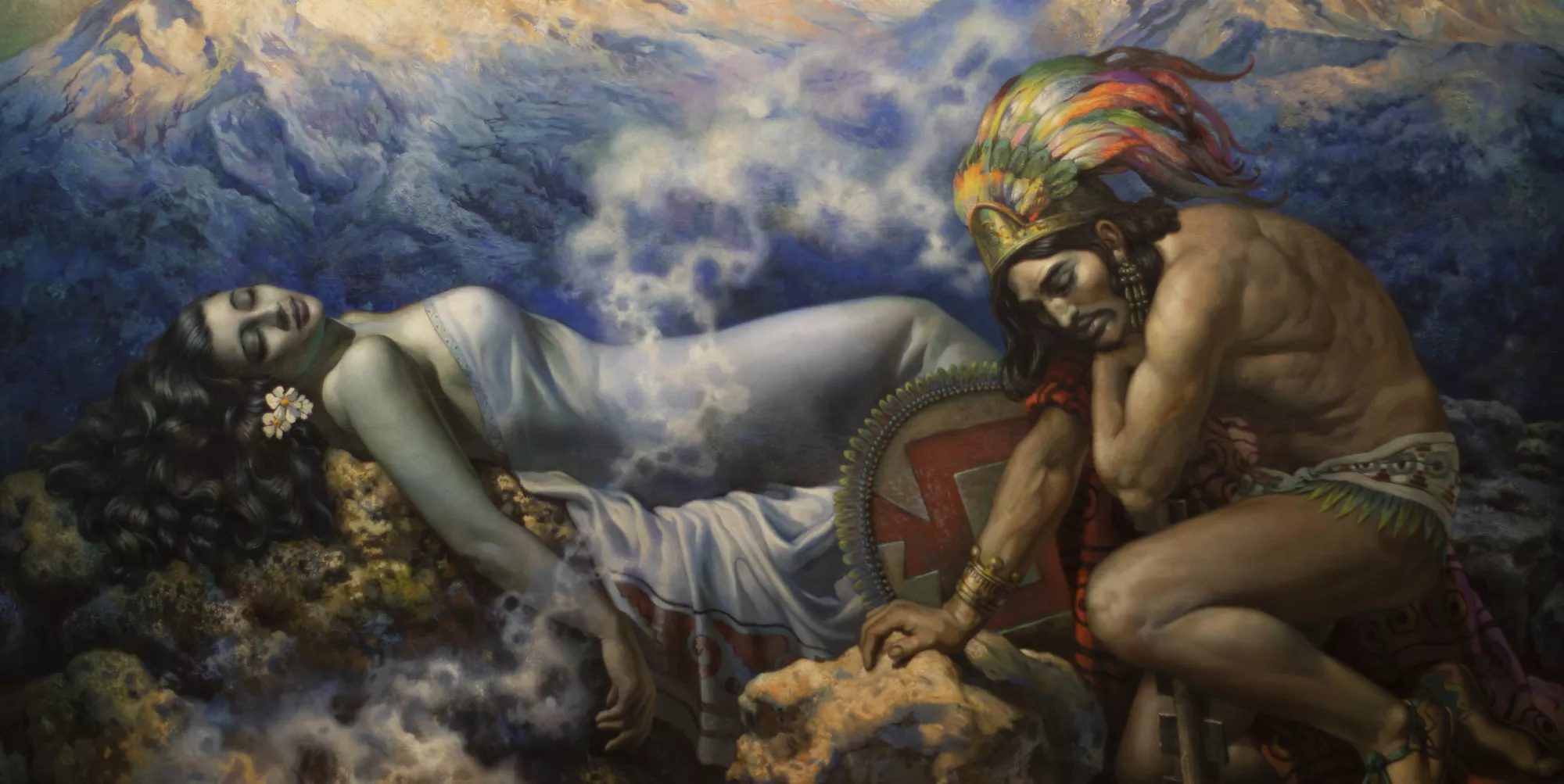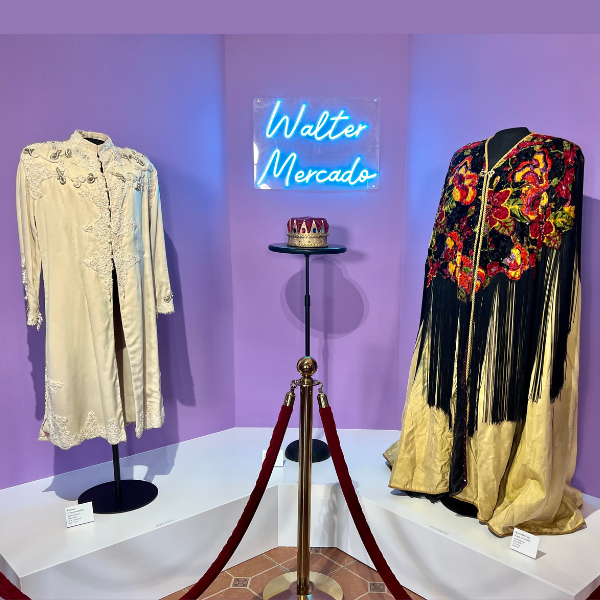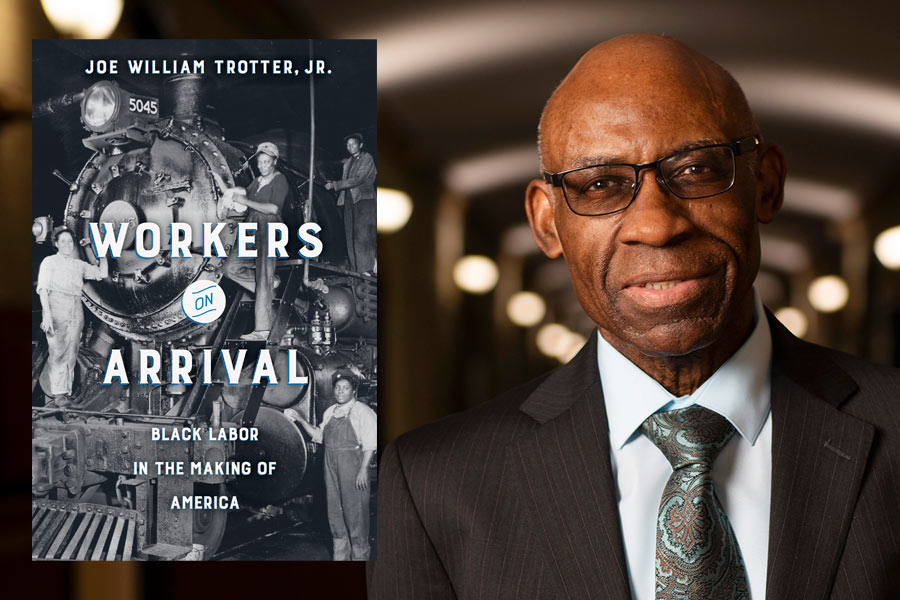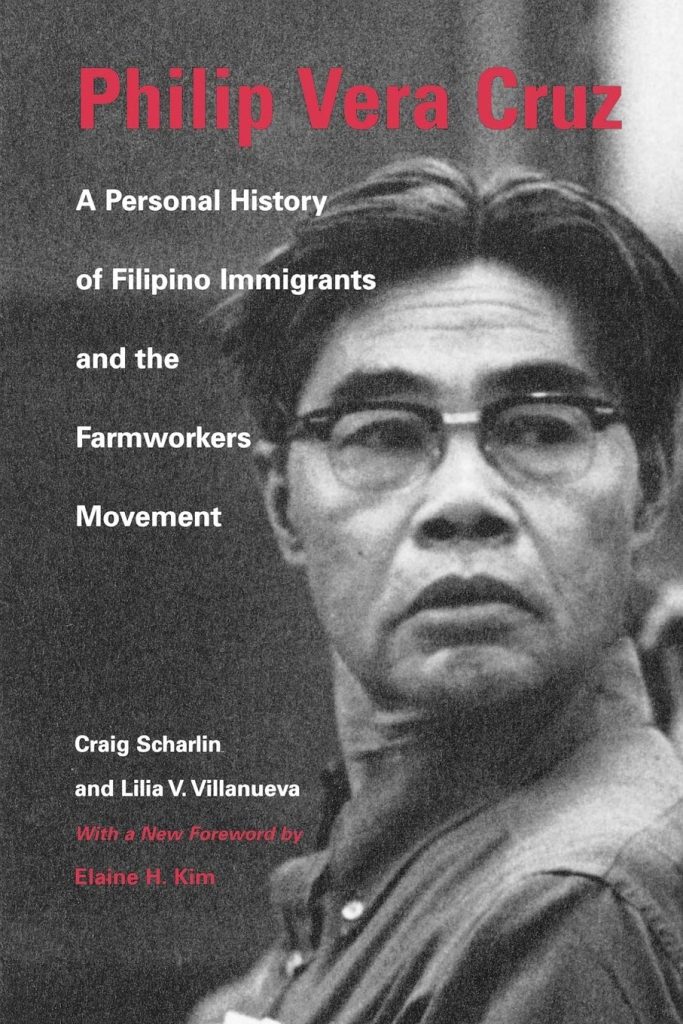What would a world without fact-based journalism look like? How would you discover trustworthy information about your community, your country, and the world?
World News Day, an initiative from the Canadian Journalism Foundation and the World Editors Forum recognized annually on September 28, seeks to “draw public attention to the role that journalists play in providing trustworthy news and information that serves citizens and democracy.”
Celebrate World News Day by bookmarking some of the many news sources available to you via The Ames Library. These are just three popular news publications available to you online:
The Chronicle of Higher Education
“The nation’s largest newsroom dedicated to covering colleges and universities,” The Chronicle of Higher Education reports on news, events, and data impacting higher education. Read full-text articles from The Chronicle dating back to 2015.
To access The Chronicle online, visit this link.
The Economist
Founded in 1843, The Economist covers world events in business, economics, technology, politics, culture, and more. As an IWU student, faculty, or staff member, you have access to current full-text articles and an online archive dating back to 1997.
To access The Economist online, sign up for an account on economist.com using your @iwu.edu email address. After verifying your email, you’ll have access to the website, app, and newsletters.
The New York Times
The mission of The New York Times is “seek the truth and help people understand the world.” Your access to NYT via The Ames Library allows you to read recent and historical full-text articles and issues dating back to 1851, as well as view video and images, use the TimesMachine, and access the NYT Audio app.
To access The New York Times online, please sign up with your @iwu.edu email address at this link. Faculty/staff have four years of full access to NYT before being asked to re-authenticate, and students can enjoy access until December 31 of their graduation year.
Please note: To utilize The Ames Library’s access, existing paid NYT subscribers must first cancel their paid subscription before authorizing with their IWU email address. The Ames Library’s subscription does not include games or recipes.
Find other major news publications, such as the Chicago Tribune, Wall Street Journal, and more by browsing the A-Z Resources list or searching in MegaSearch.
Stay informed and seek understanding about the world, and let us know what journalism means to you.








